How do you define success?
If it’s through actions that lead to sustained changes, which in turn helps save tens of millions of lives both human and other, then congratulations to the Honda Civic, which has just hit 50.
Nearly 30 million have been sold worldwide over 11 generations, with the model regularly near or at the top of its class in terms of critical acclaim as well as consumer satisfaction.
Not all, though, as we’ll see in our countdown of best to worst Civics of all time sold in Australia.
But the original, well, that was something else, since it changed the world no less, in its own small but critically important way, and on its own terms to boot.
Let’s then salute the Honda Civic.
Civic: the background
.jpg)
With production commencing in Japan in July, 1972, the dinky original arrived in Australia early the following year, and there was nothing like it on our roads.
Our best-sellers had long been American-influenced petrol guzzlers, led by the Holden Kingswood and Ford Falcon family cars, while smaller models like the Holden Torana, Ford Escort and Datsun 1200 were literally scaled-down big sedans, but with horribly cramped interiors.
The Civic was altogether different.
From a global perspective, it was clearly influenced by Italy’s ground-breaking but now-forgotten Autobianchi A112 of 1969 – a Fiat-brand offshoot that modernised the revolutionary then-decade-old BMC Mini front-wheel drive (FWD) concept with the innovation of a rear hatch, ushering in the age of the three-door light car, or ‘supermini’.
But most Aussies were unaware of such developments, even when A112 imitators like the related Fiat 127 and funky Renault 5 were wooing Europe. To us, a city car meant antiquated Mini or slow and tiny twin-cylinder tiddlers like the Fiat 500 and Honda N360/N600.
Seen in such context, to the post-hippy hangover culture of glam-era yet still overwhelmingly Anglo-centric Australia, the 1973 SB Civic seemed as fresh and otherworldly as a Tesla Model 3 did five years ago, and in more ways than one.
Civic: the car
.jpg)
A motorcycle maker since 1949, Honda was still run by its founder and visionary engineer, Soichiro Honda, who had only launched his first passenger cars in 1963 – the tiny T360 truck and mad S500 two-seater roadster, complete with chain drives!
Following the costly failure of his beloved air-cooled 1300 small car range, the smaller Civic was a back-to-basics approach in the A112 supermini style, based on a stretched and widened N600 FWD platform, but with a now-transversely-mounted and water-cooled 1.2-litre aluminium-alloy blocked overhead cam four-cylinder petrol engine.
For Australia, there was a two-door with a top-hinged boot lid, a far-more popular three-door hatch and later a long-wheelbase five-door hatch and wagon. Proclaiming it “a motoring revolution” on its first road test outing, Wheels called the Honda a marvellous performer with amazing flexibility, outstanding economy, first-rate handling and brilliant interior packaging the equal of Europe, setting the tone for generations of Civics to come.
The fact it was cheap yet exceptionally well-made with high-quality engineering was one thing, but as the years went by, excellent reliability followed, sealing the brand’s reputation.
The Civic was Japan’s first world-beater. By the end of the ‘70s, most other carmakers including compatriots Toyota and Nissan tried to follow in Honda’s footsteps with similar facsimiles. Even Holden, with 1985’s Barina (courtesy of Suzuki).
The right car for the right time – the worldwide oil crisis also hit in 1973 – it went on to global acclaim and massive sales success.
However, it almost all became undone from the mid-1970s in the brand’s biggest market, the United States, when severe rust issues surfaced, even in three-year-old examples. But Honda’s proactive response was a lesson for other brands, replacing parts or whole vehicles as required, even before a million-car recall was ordered by American authorities, further underlining the company’s commitment to consumers.
But a greater battle – against rival car companies and other self-interest parties – was already raging, with the original Civic in the centre of it all.
Civic: the duty
The SB Civic was the first mass-produced car in history to meet lower-emissions standards without the need for toxic catalytic converters needing more-expensive premium petrol and other band-aid solutions.
Seeing the writing on the wall, Honda had developed the CVCC – Compound Vortex Controlled Combustion – engine as a low-smog alternative to the standard yet still highly-efficient units offered in the Civic.
Led by domestic rivals General Motors, Ford and Chrysler, most carmakers petitioned the government to lower or even abandon coming anti-pollution legislation, claiming it was impossible to affordably and reliably mass-produce cleaner engines on the scale required, and that jobs would be lost and cars would become worse to drive.
Honda called BS and refused to join this coalition, and went ahead with the Civic CVCC in 1975 (in the US initially), which could run on standard petrol. Sales rocketed, leaving the others carmakers fuming (literally!) and with egg on their corporate faces. They allegedly did not want to squander profits on cleaner engine development, but were embarrassingly forced to, thanks to the Japanese minnow.
This led to even stricter emissions controls that were eventually adopted elsewhere in the world. Back then, tens of thousands were dying annually from pollution-related respiratory ailments as the ‘70s progressed, with increasingly smog-infested cities becoming death traps for many vulnerable people. And it was spreading into all corners of the environment, killing flora and fauna at an increasing level and on a worryingly global scale.
Honda showed there was another relatively quick and easy solution, and it’s a legacy that lives on to this day, because internal combustion engined vehicles from all carmakers emit a fraction of the harmful substances that they did decades ago.
It’s no shock then that the little wonder from Japan is now regarded as the car of the ‘70s – advancing its class as well as creating an environmental revolution. We can literally breathe better thanks to Civic.
Sidenote – Honda never bothered selling the Civic CVCC in Australia, though. As a child growing up with bronchitis in the ‘70s and ‘80s, I object!
Civic – the generations that followed
.jpg)
There were objectionable as well as celebrated Civics sold in Australia over its 11 generations, but none were ever bad per se. Or even not very good. All had some redeeming qualities.
But due to some questionable marketing decisions made in Australia – starting with the refusal to sell the CVCC model in the ‘70s original – we missed out on some stellar examples, like the full-fat VTEC screamers in the ‘80s.
From our local market perspective, here’s our ranking from worst to best, and why.
11. Gen-9: 2011-2016
.jpg)
If it was a Toyota of the time, we’d have sung its praises from rooftops.
But the ninth-gen Civic sedan was so dull, that Honda CEO Takanobu Ito actually apologised for it to a stunned media at the 2011 Tokyo show, admitting it was developed as a Global Financial Crisis cheapie lacking in proper Civic innovation, and that Honda must try harder. I was there and witnessed this astonishing admission in person.
On the local front, while we received the far-better and only loosely-related European Civic hatch version, Honda Australia never bothered with the rip-snorting Type R version. Fail.
10. Gen-2: 1979-1983
.jpg)
As follow-ups go, the second-gen Civic hatch and wagon looked like a slightly-larger original, but with all the interesting curves and character completely ironed out of them.
It was a roomier and probably safer car than the original, but the lack of any spicy powertrains made this a disappointment after the trailblazing original.
9. Gen-8: 2006-2011
.jpg)
Australia missed out almost entirely on the space-age hatchback made exclusively in the UK, except for the quite mundane and very expensive Si five-door that landed late in this generation’s lifecycle locally in 2009.
At least the Type R three-door landed, and it was quite a scrappy little revvy tearaway, but the hot-hatch game had matured with the Mk5 Golf GTI comeback kid as well as the sophisticated Ford Focus XR5 Turbo by then.
Meanwhile, at least Honda was trying harder with the Civic sedan of that era, which proved popular with its futuristic styling inside and out. But, again, only quite mundane engine choices, as well as a frugal but very unexciting Hybrid.
8. Gen-6: 1995-2000
.jpg)
After the fun but flawed 1991 Civic, the ’95 follow-up seemed much more grown-up, with sensible styling and larger packaging to help make it a better car. And for driving refinement and finesse, even the unadventurously-specified Aussie-market models delivered, whether in stately four-door sedan or three-door hatch.
The latter would be the last non-Type R Civic with that configuration for our market, by the way. At least Honda did import the racy 118kW VTi-R grade, which was about as exciting as Japanese hot-hatches got in Australia during that time, especially compared to the game-changing Subaru Impreza WRX.
We also saw the US-market Coupe from 1996, complete with sub-standard build quality. Not a Civic highlight in Australia, though the later VTi-R version did hustle.
7. Gen-7: 2000-2005
.png)
A refugee of the short-lived mini-MPV craze as defined by the original Renault Scenic, the seventh-gen Civic hatch was an astonishingly spacious and practical small car, with a rorty 1.7L engine and decent dynamics.
In contrast, the sedan equivalent looked meek and was as equally numbing to drive.
And since Honda Australia denied us the now-legendary EP Type R version out of the UK, this is as high as this-gen Civic gets. The oddball years.
6. Gen-10: 2016-2021
.jpg)
This is a tale of two Civics.
Built on an all-new platform, The Thai-sourced hatch and sedan versions with some striking/ugly design detailing were actually quite impressively packaged, and offered excellent handling and ride qualities. But avoid the boring 1.8L, as you’d have to step up to the more-expensive 1.5L turbo to really enjoy what was on offer.
Meanwhile, the UK-made FK8 hot-hatch took the looks to a whole other level of grotesque, and then made you forget about all that with one of the most razor-sharp and laser-focused hot-hatch driving characteristics in history.
Spine-tinglingly exhilarating at speed, if it were just the Type R this would be placed much higher up on our Civic ranking table. Blindingly and blisteringly brilliant.
5. Gen-5: 1991-1995
.jpg)
In many ways, the fifth-gen Civic is the very definition of what makes the long-lived series special.
For starters, it featured fantastic styling (apparently inspired by fish), a lovely minimalist interior layout and fun handling, as well as a bold new honeycomb-style platform execution in order to save weight. It was eco-thinking well before it was fashionable.
Sadly, the latter contributed to an abundance of road and mechanical noise intrusion, rendering this Civic one of the most uncouth. Plus, the Americans found the packaging too small. In Australia, meanwhile, we missed out on the full-fat VTEC screamers. Disappointing.
This turned out to be the last of the truly-compact Civic generations. Today, buyers are tripping over themselves to get hold of the pretty hatch with its split tailgate. We understand why.
4. Gen-3: 1983-1987
.jpg)
How could we not celebrate the generation that brought us the sexy CRX coupe (tragically not sold in Australia until the next version), handy Shuttle wagon as well as the funky three-door bread-van series?
After the snoozefest that was the previous version, Civic III went all bold and space-age, with progressive design and equally advanced engineering underneath obliterating all traces of what went before.
Prices started creeping up, but this more than made up for it with premium engineering. The start of Honda’s ‘80s heyday began right here.
3. Gen-4: 1987-1991
.jpg)
More of the same as the preceding Civic, but with more class and tech, the fourth-gen model continued the small car’s march upmarket. The fact that so many still ply our roads today is testament to the sound engineering going on underneath.
Better still, this was also the era of the CRX II that Australians could actually buy. A two-seater three-door pocket-rocket, it encapsulates everything that was magical about the brand at that time, which was dominating F1. As one scribe put it, Honda was truly “The Fear of Europe”. And with good reason, too.
2. Gen-11: 2021-current
.jpg)
If you haven’t yet driven the latest Civic, please hold off complaining until you do so.
Yes, the base VTi-LX hatch is expensive and oddly specified with a couple of equipment emissions, but the fundamentals are there to make it one of the world’s best small cars.
Still, we’d stretch to the e:HEV hybrid version instead, because it double-whammies opponents with exceptional fuel economy as well as EV-backed hot-hatch-light performance. It is the complete package.
And then there’s the new Type R. The FL5 exorcises the preceding FK8’s demented design for aero-smooth couture, without losing any of its supernaturally brilliant dynamics, as almost all overseas reviewers are raving about. The completest Civic range ever.
1. Gen-1: 1973-1979
.jpg)
Launched in Japan in the same year as The Godfather is an apt metaphor as to why the original is still the greatest. See above.




.jpg)







.jpg)
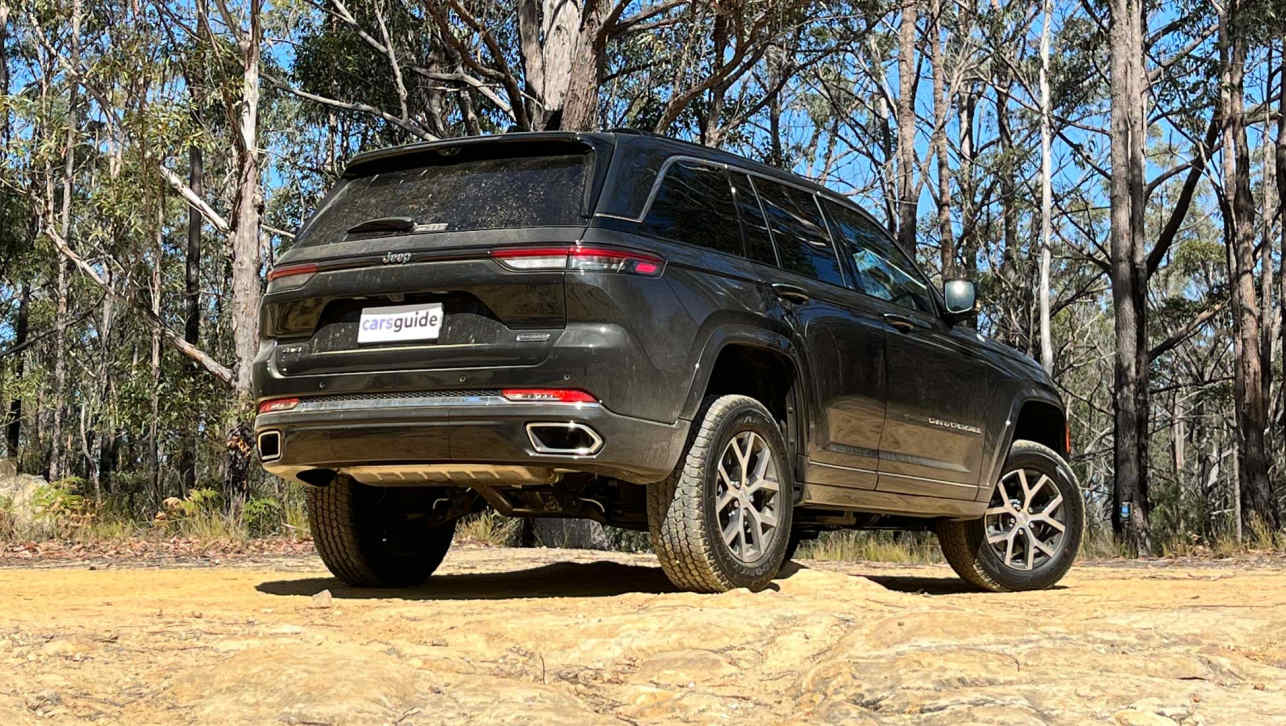
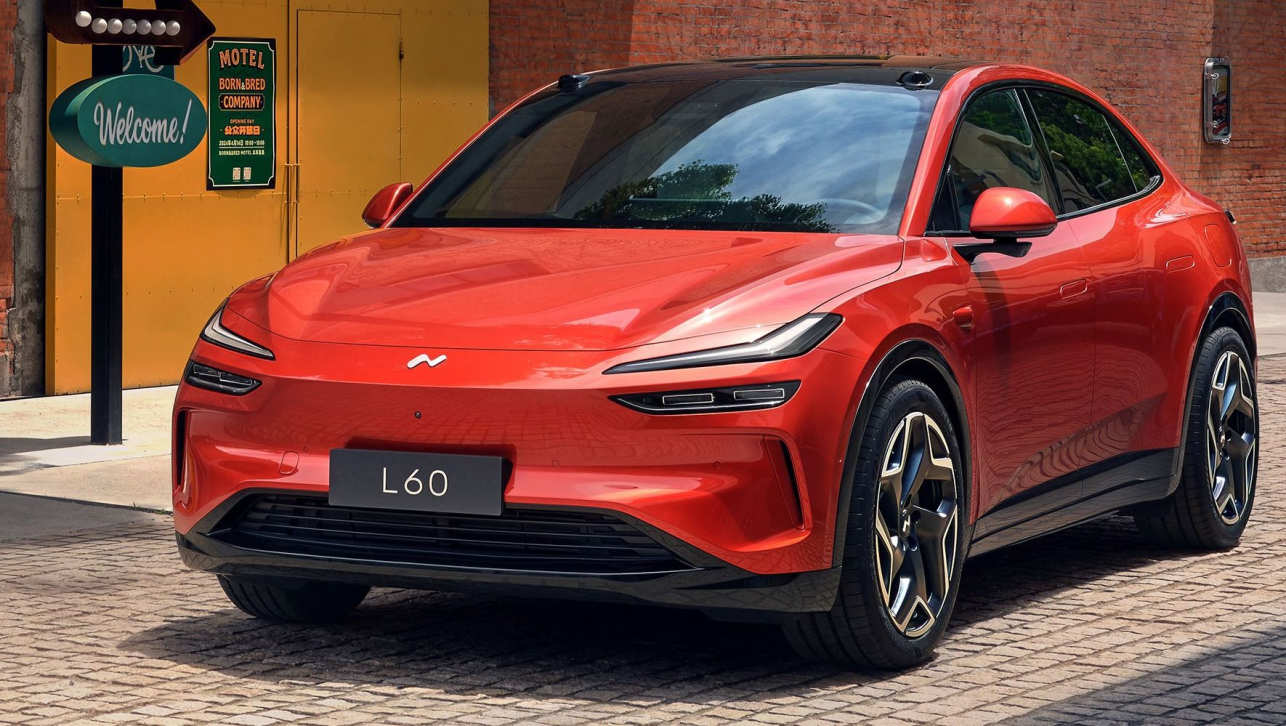
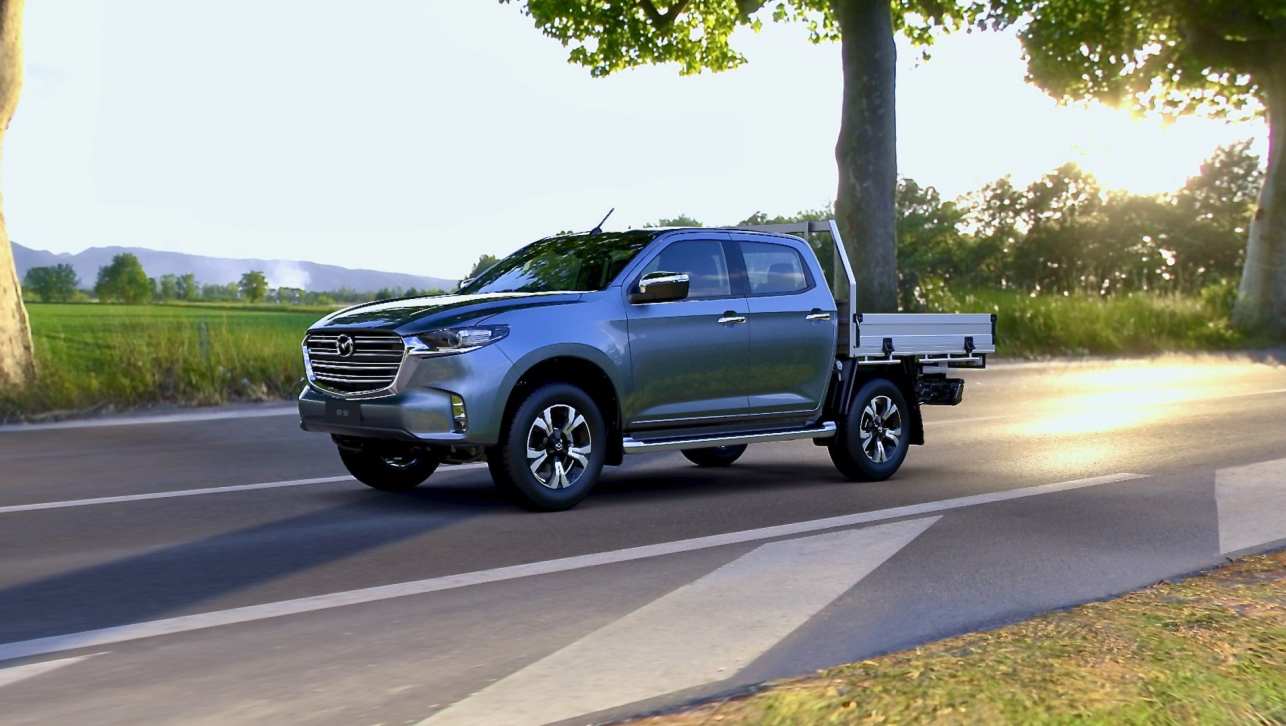
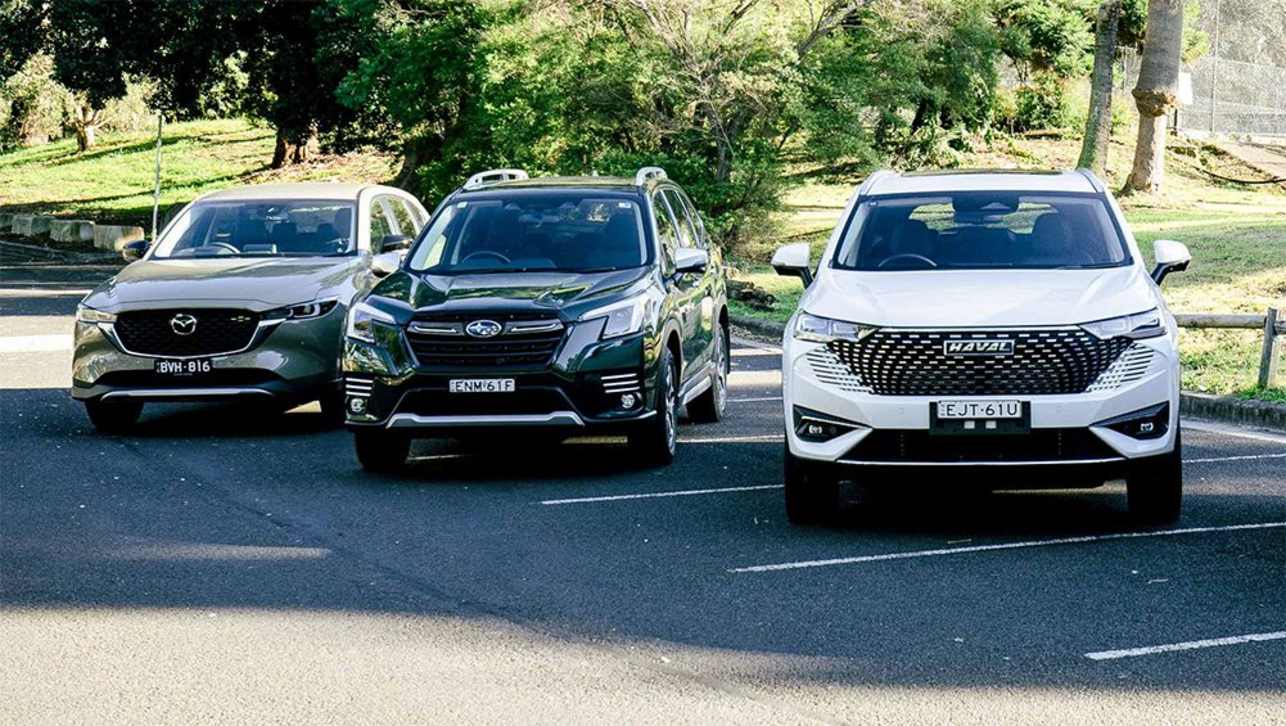
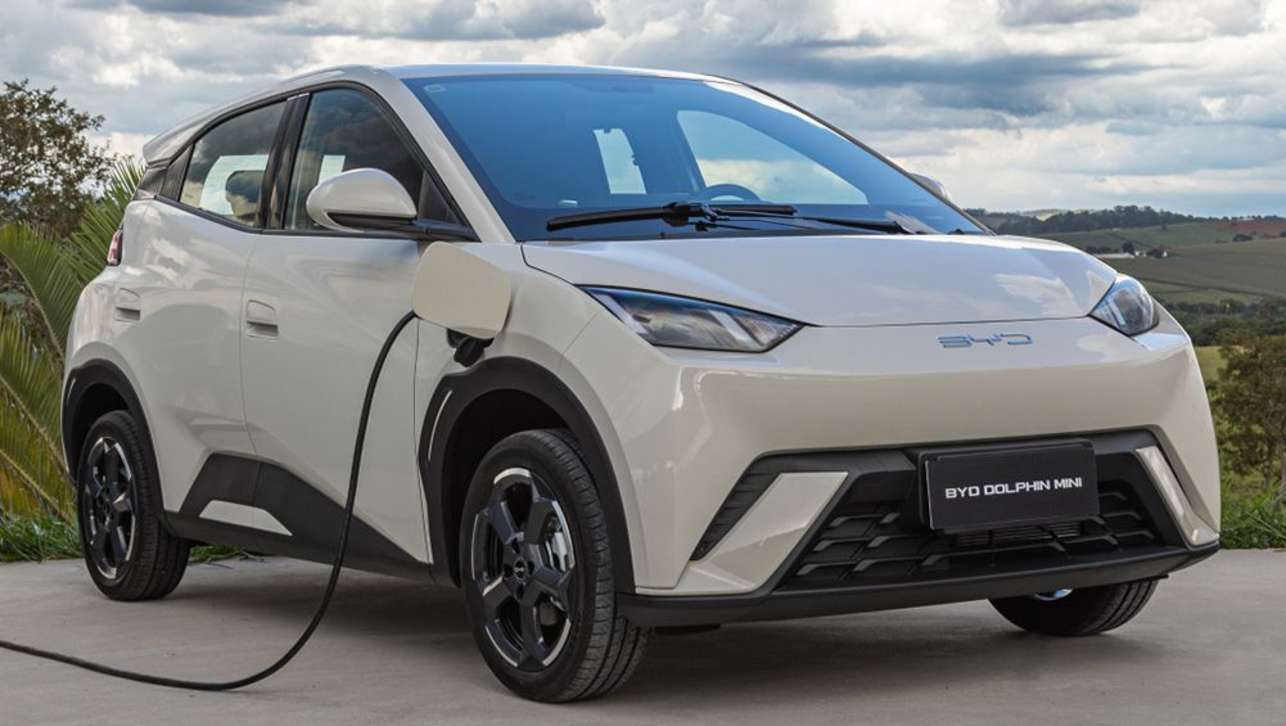


.jpg)
.jpg)
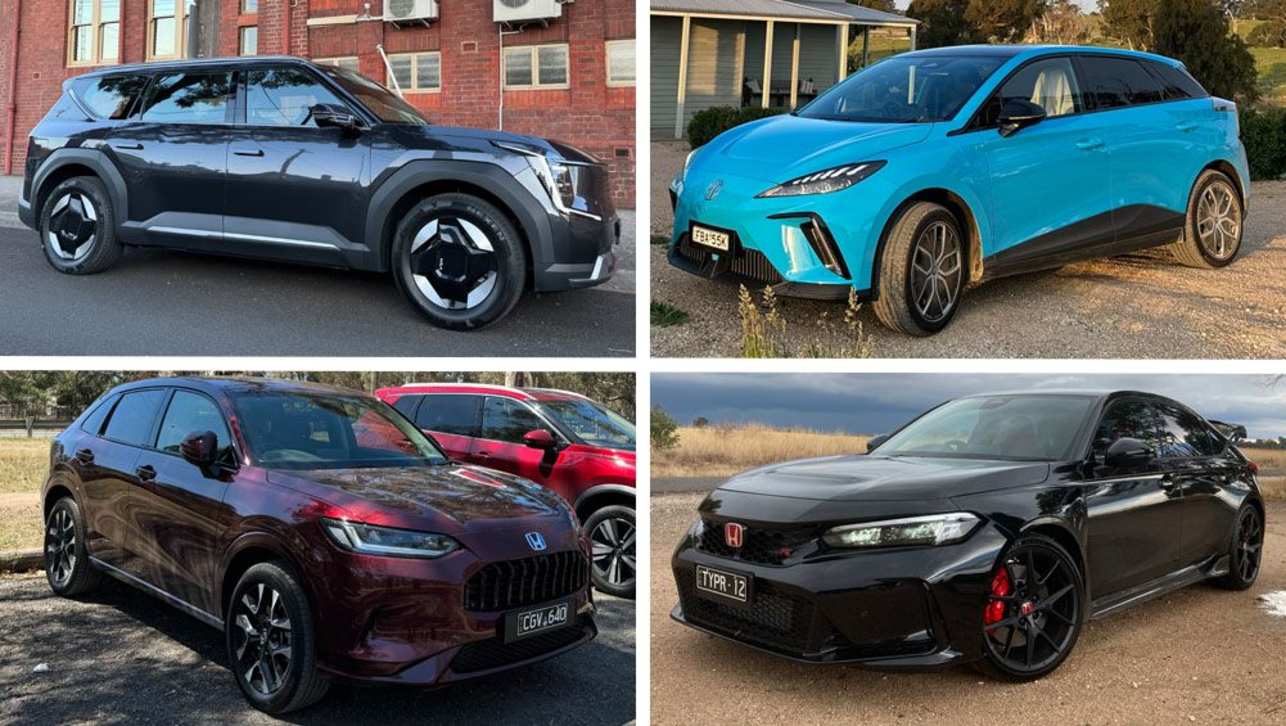
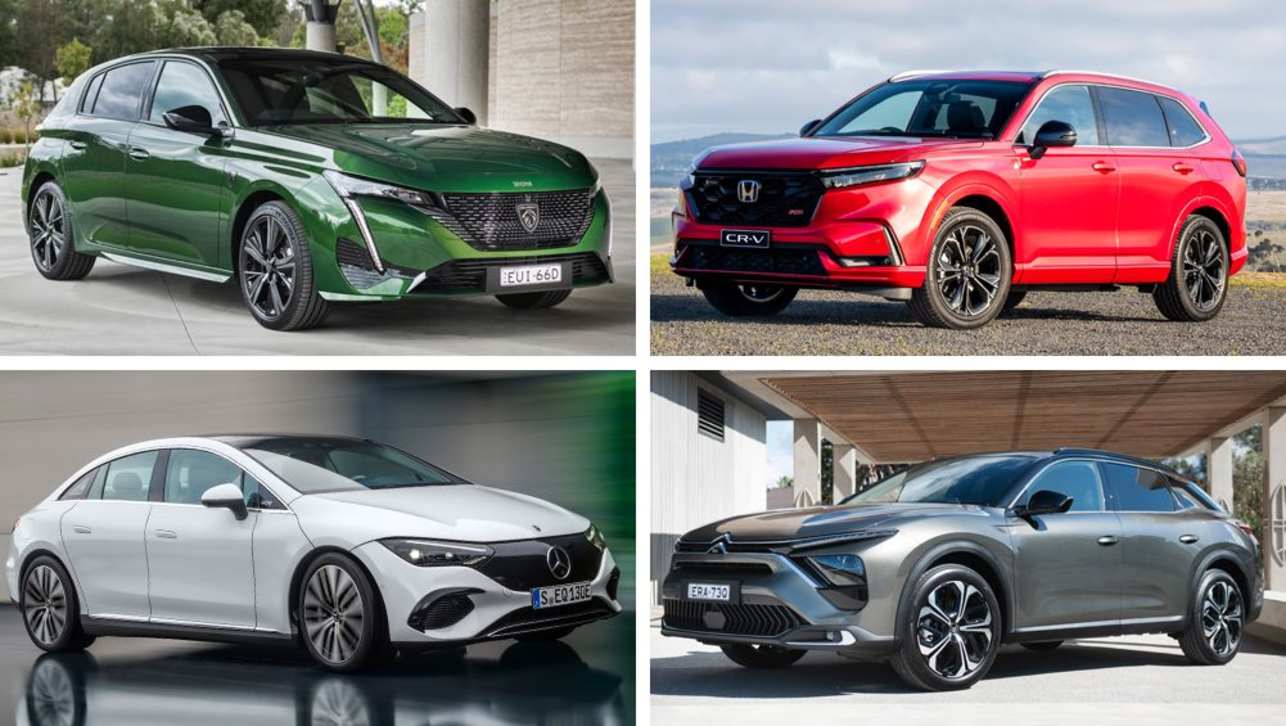
.png)
.jpg)
.jpg)



.jpg)
Comments